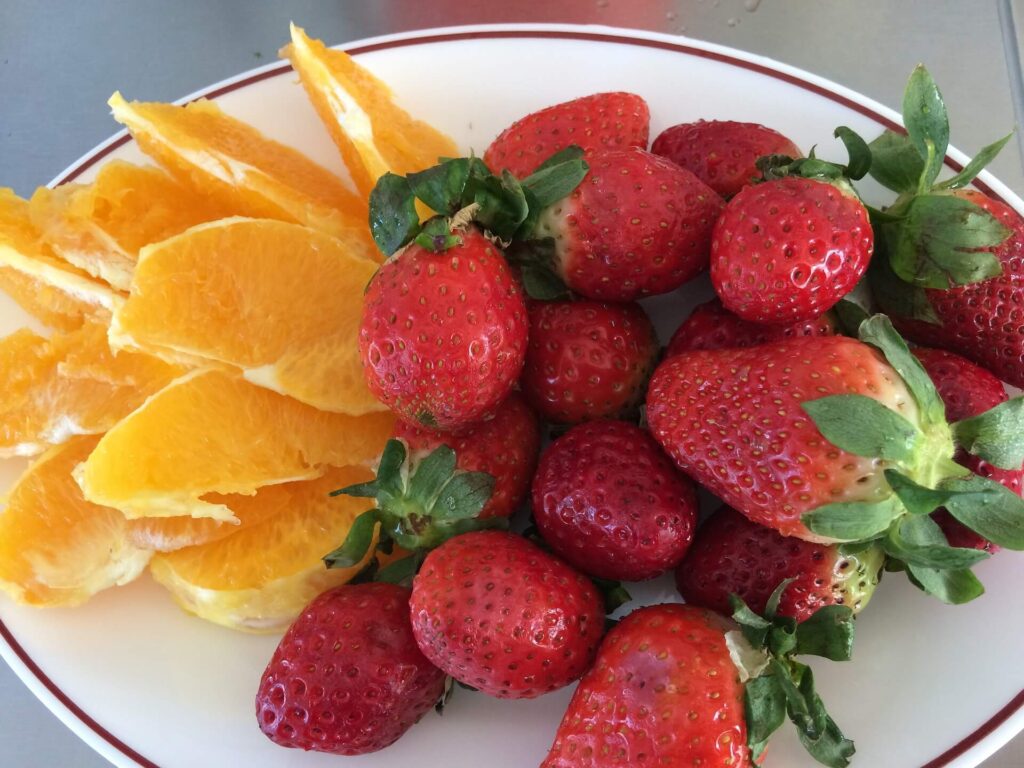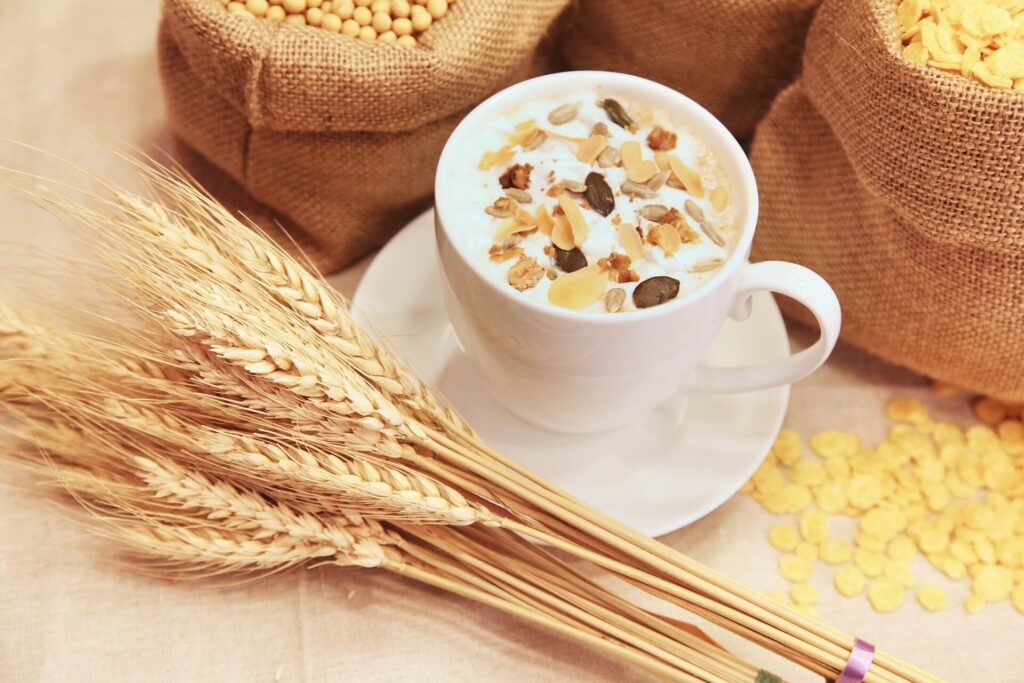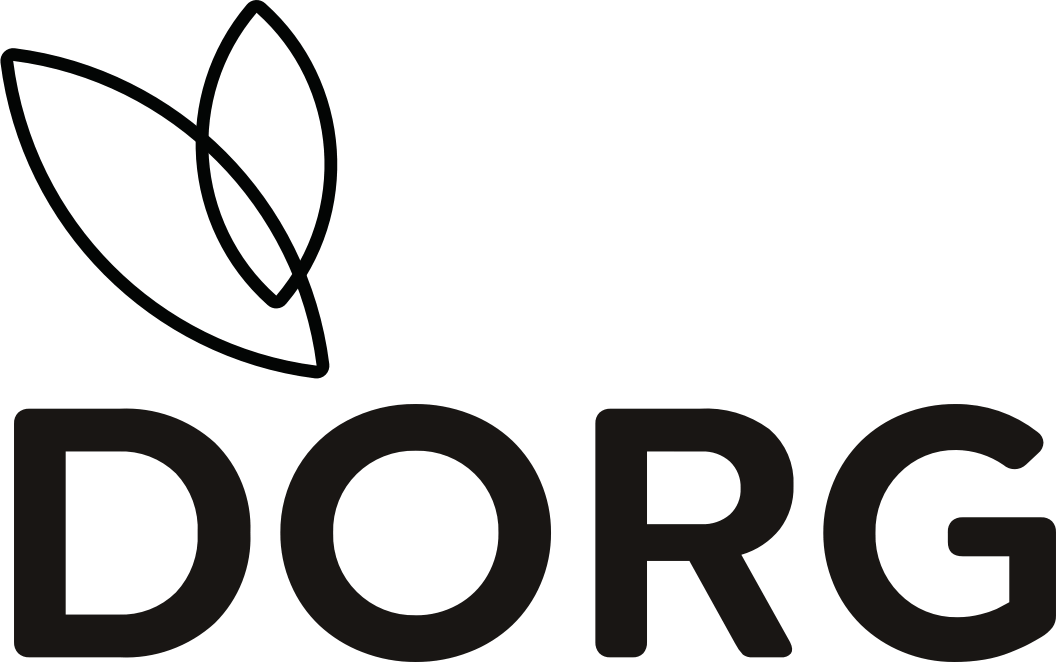Let's take a step back in history to rediscover a food journey based on simple foods, dictated by nature, capable of bringing enormous benefits to human health and also to their weight.
We will therefore talk about the so-called Paleo diet, revisited and made current to be planned in the present day, but without taking anything away from all its positive effects which in ancient times could be used without almost realizing it.
So let's find out what it is, what its goals are and what it recommends to eat, also through a practical example of a daily menu. Furthermore, for those of you who are more skeptical, we answer the main questions that revolve around the Paleo diet.
What is the Paleo Diet
The Paleo diet starts from the diet dating back to the Paleolithic, or the period of history that goes from 2.5 million years ago up to 10,000!
What did men eat at that time? We remember that they were skilled hunters, not yet accustomed to the agricultural practices that are typical of the following historical period. Their diet was therefore made up of what they could obtain by hunting or fishing, together with what nature around them produced spontaneously.
Here, the Paleo diet is inspired precisely by this essential diet, devoid of processed, refined, cultivated foods. And it is for this reason that it is often also known as the caveman or stone age diet.
Why choose this diet path

But what are the reasons that lead to choosing this food path? It is a healthy plan, based on the principle that human beings are not made to ingest food that is the fruit of man's works, whether linked to agriculture or other means of production.
In fact, these new practices have upset the food structure also due to the necessary changes that have been made to the animal feed itself. All these factors are not good for human health, increasingly prone to problems such as obesity, diabetes and cardiovascular disease.
So choosing the Paleo diet means not only taking care of yourself, reducing risk factors for more or less serious ailments, but also helping your body to regain adequate physical shape and feel good.
Paleo diet: allowed foods
To respect the dictates of a Paleo diet it is important to know the foods allowed, to avoid confusion or indulging in whims that can then compromise the final results.
What can you eat? Here's what history teaches us about it:
- Vegetables;
- Fruit;
- Nuts and seeds;
- Egg;
- lean meats;
- Fish rich in Omega 3 (salmon, mackerel, tuna);
- Olive oil;
- Walnut oil.
In particular, it should be remembered that the meat must be obtained from animals raised on grass and game, and not with the feed commonly used today by producers.
Paleo diet: prohibited foods

And now let's move on to the so-called black list, made up of prohibited foods because they are the fruit of the modern era and therefore unsuitable for mankind as they are artificial and not very natural. You must therefore give up:
- Grains, including wheat, oats and barley;
- Legumes, such as lentils and beans
- Dairy products, including milk and cheese;
- Sugar refined;
- Salt;
- starchy vegetables, such as potatoes, peas and corn;
- Processed foods, like cookies or chips.
What changes? In reality we need to make a radical change of habits, eliminating all those usual food choices in our meals which, however, originate from today's agriculture and livestock.
Paleo diet: sample menu
So are you curious to know a typical menu of the Paleo diet? Here's how to distribute the foods allowed during the day, where there is no shortage of the three main meals and even snacks!
- Breakfast. You start the day with originality, even choosing fish as food as soon as you wake up. How about grilled salmon and melon?
- Lunch. Unlike what we are used to, lunch here is much lighter. An excellent idea is to prepare a salad made with Roman sauce, carrots, cucumbers, tomatoes, avocado, walnuts and lemon juice.
- Dinner. More similar to our usual menus, the last meal of the day includes the contribution of meat. You can therefore cook a lean beef sirloin roast with a side of steamed broccoli, a salad of mixed vegetables, tomatoes, avocado, onions, almonds and a lemon juice dressing. Finally, finish with strawberries for dessert.
- snacks. Fruits and vegetables are recommended choices, such as oranges, carrot sticks, or celery sticks.
As can be seen, the Paleo diet is certainly a healthy diet which, by avoiding more elaborate foods, allows the body to live in health, without excesses and without risks.
Paleo diet: tips and results
The advice for those of you who decide to follow the rules of the diet inspired by the Paleolithic is certainly to follow the instructions as indicated. The results will not be long in coming and can be reflected both on the evident weight loss, but also on some determining factors for human health.
The studies conducted so far show that there are benefits also for regulating blood pressure, cholesterol and triglyceride values.
After all, it is clear that by eliminating foods considered more harmful, such as sugar or chips, the body's organs will work better, from the heart to the liver, giving a completely new well-being day after day.
Does the Paleo diet have contraindications?
Yet, accustomed to a diet rich in varied foods and careful to provide the body with all the necessary nutrients, the Paleo diet raises some perplexities. Will it therefore be a good idea to give up the benefits given, for example, by legumes or dairy products? Fiber, vitamins, calcium, protein and good fats are lost in this way and this could also be harmful over a prolonged period of time.
To avoid this risk, a limited period of Paleo diet is therefore recommended and not a continuous food plan that lasts for life. The reason is simple: the Paleo diet is excellent in terms of results, but the cases studied all refer to a short-term study, which therefore does not know the effects for longer-term periods.
Furthermore, those suffering from specific ailments must necessarily consult their doctor first to prevent this diet from having serious contraindications instead of benefits.
Conclusions on the Paleo diet
In conclusion, the Paleo diet is an alternative way to eat healthy, lose weight and feel good. But as always, the integration of motor activity and healthy habits, such as sleeping well and drinking lots of water, cannot be overlooked.
The benefits are obvious, but the fact of eliminating most of the foods that commonly feature in your pantries could make you give up on this path. That's why doing it for non-continuous periods can be the ideal choice to indulge in healthy and non-harmful meals and break from that routine to which we are inevitably linked, but which often harms our body, which needs to go back to its origins to get back in shape again as in the Paleolithic.




